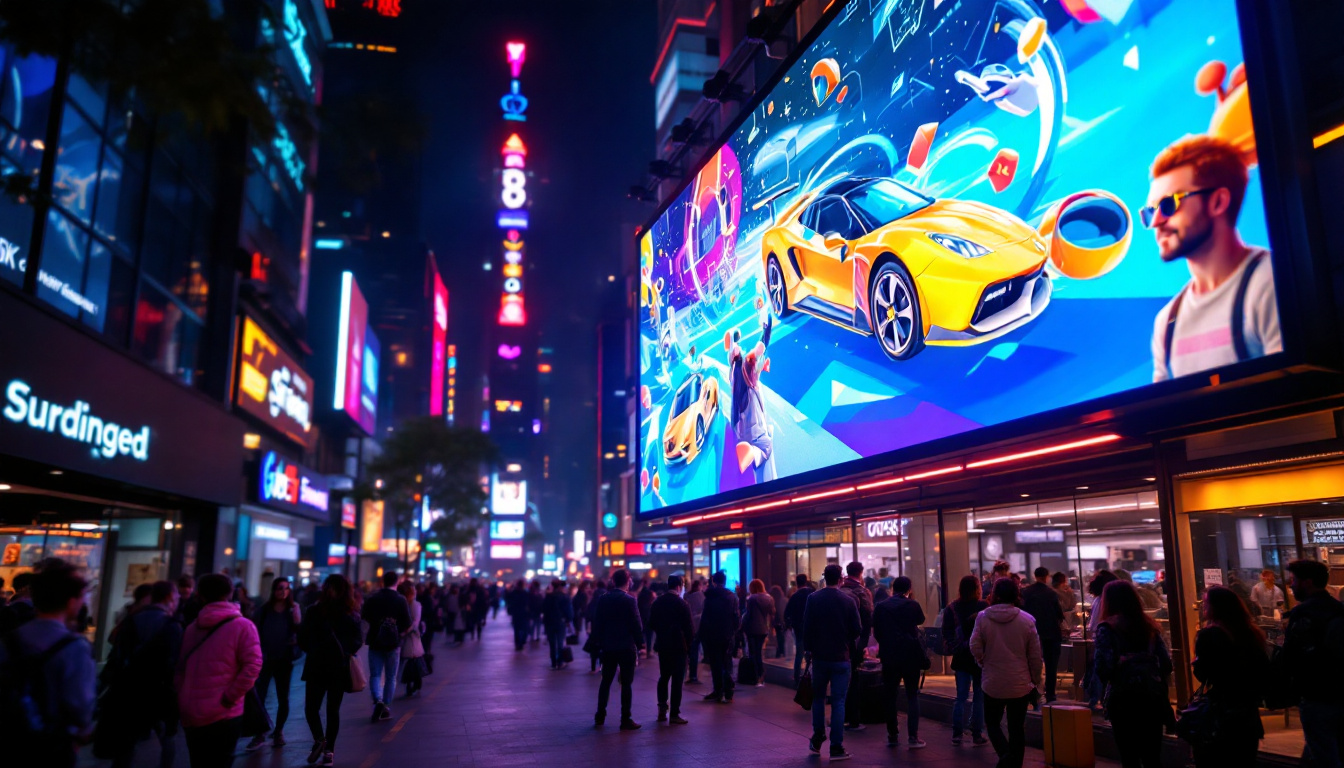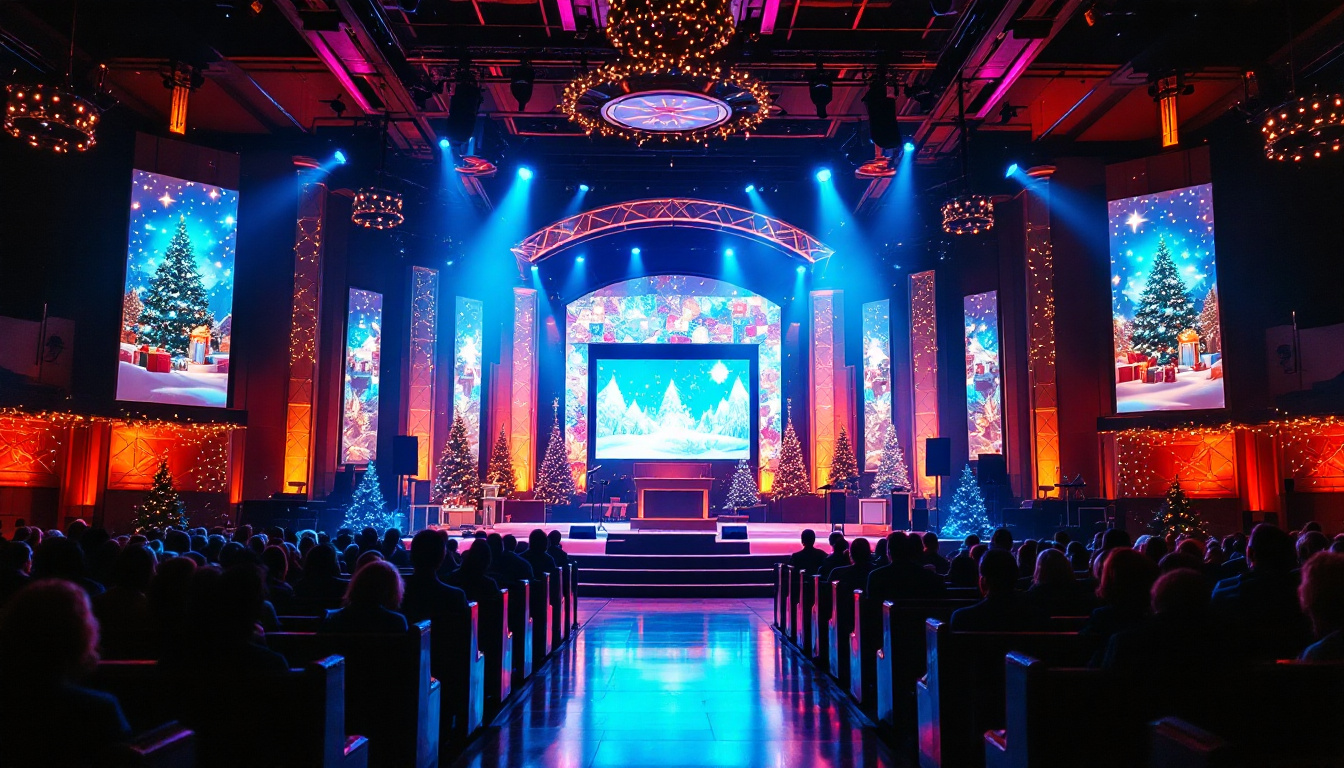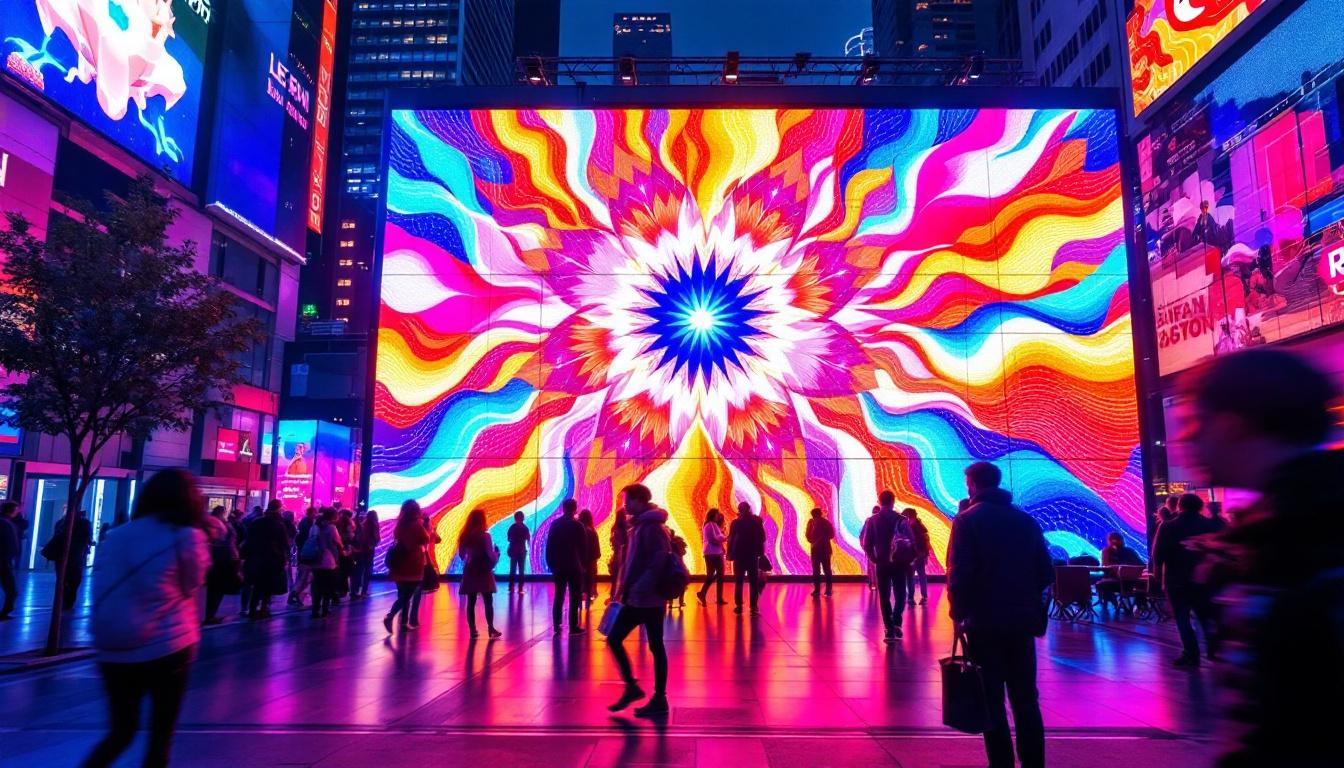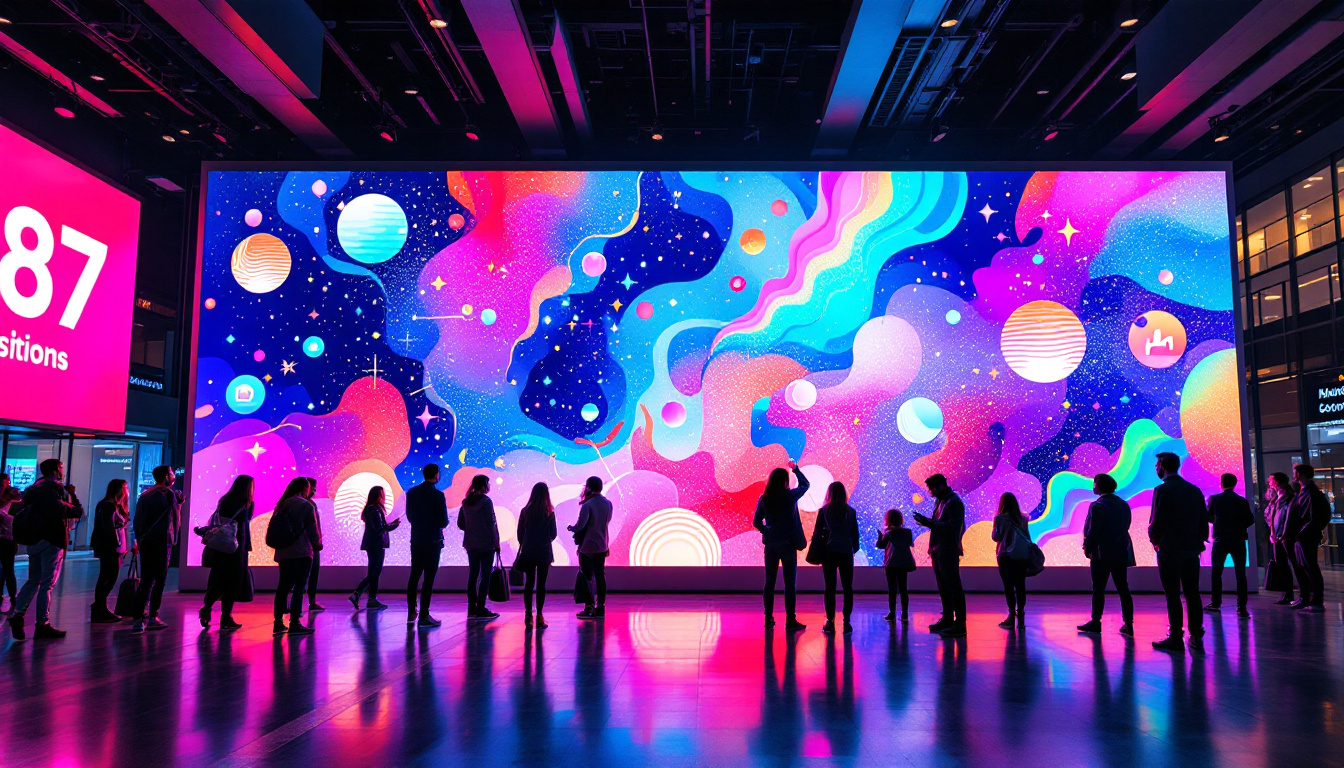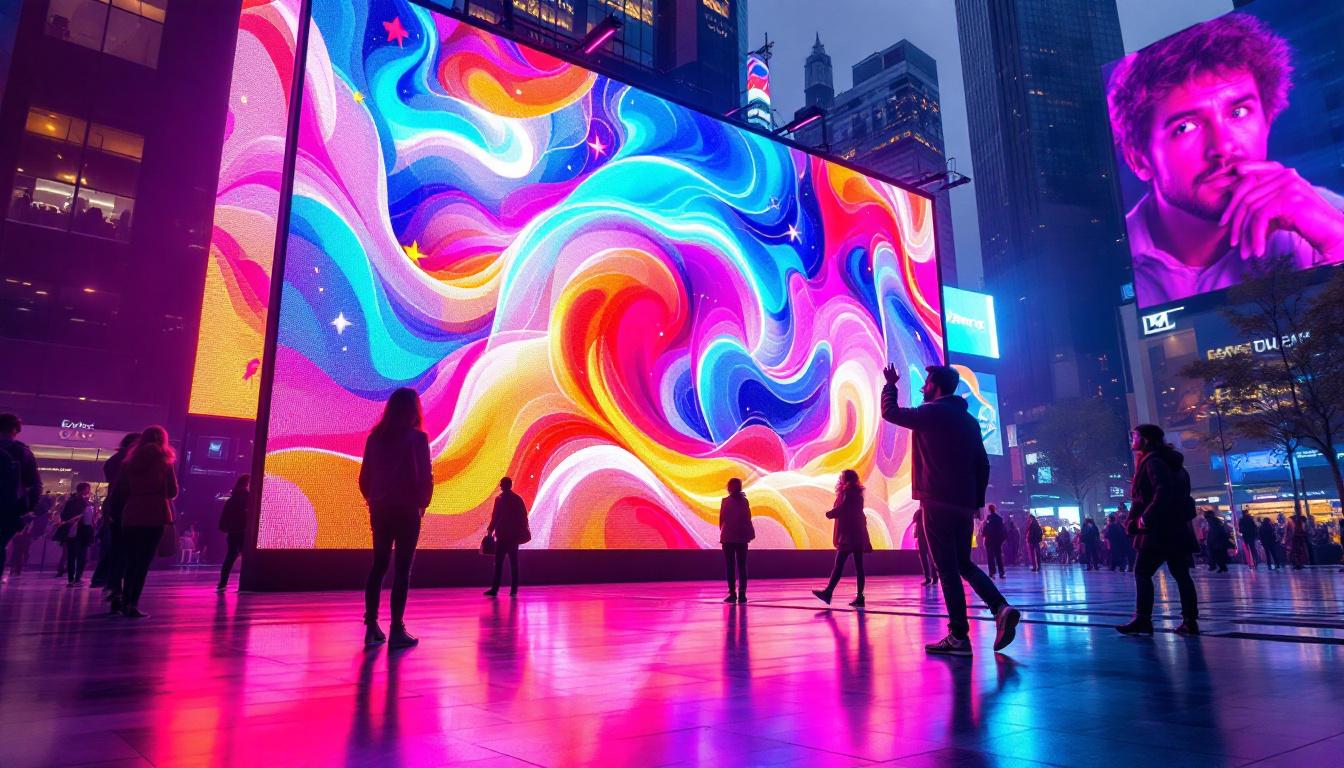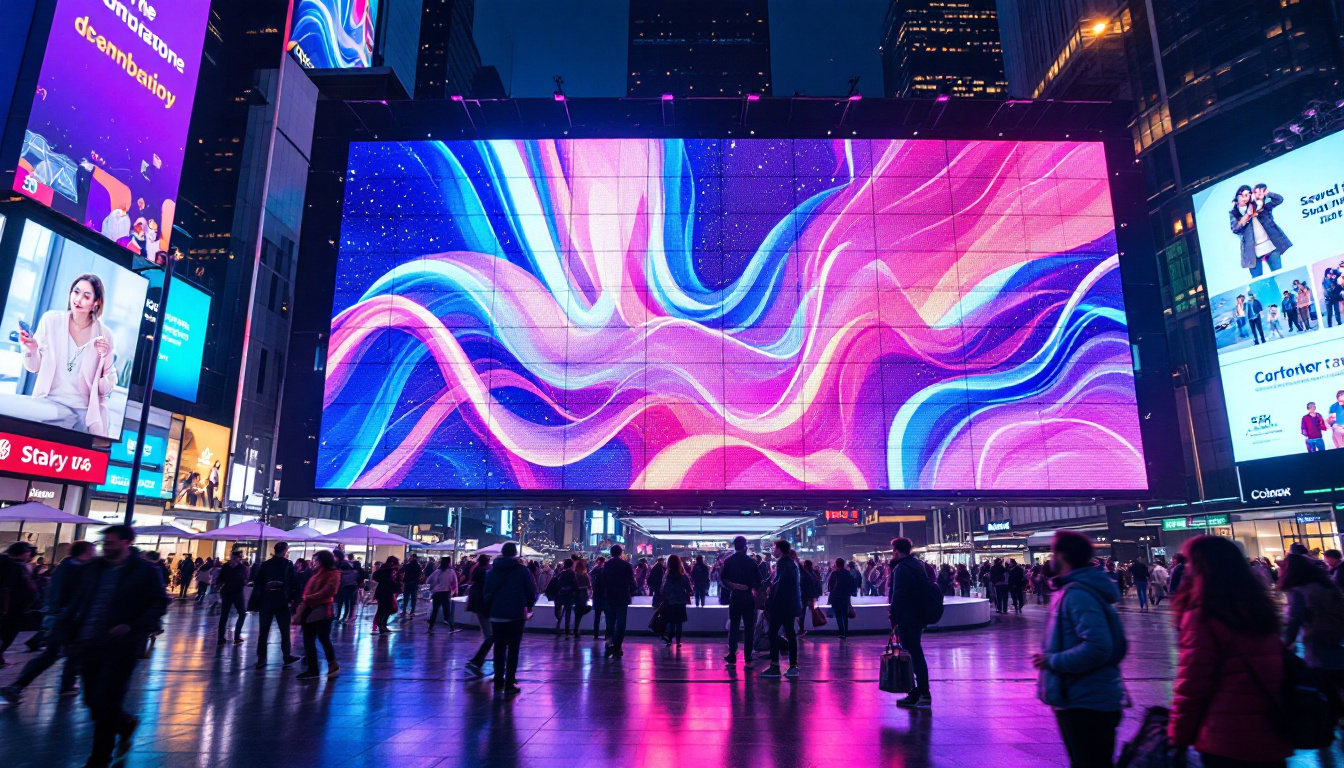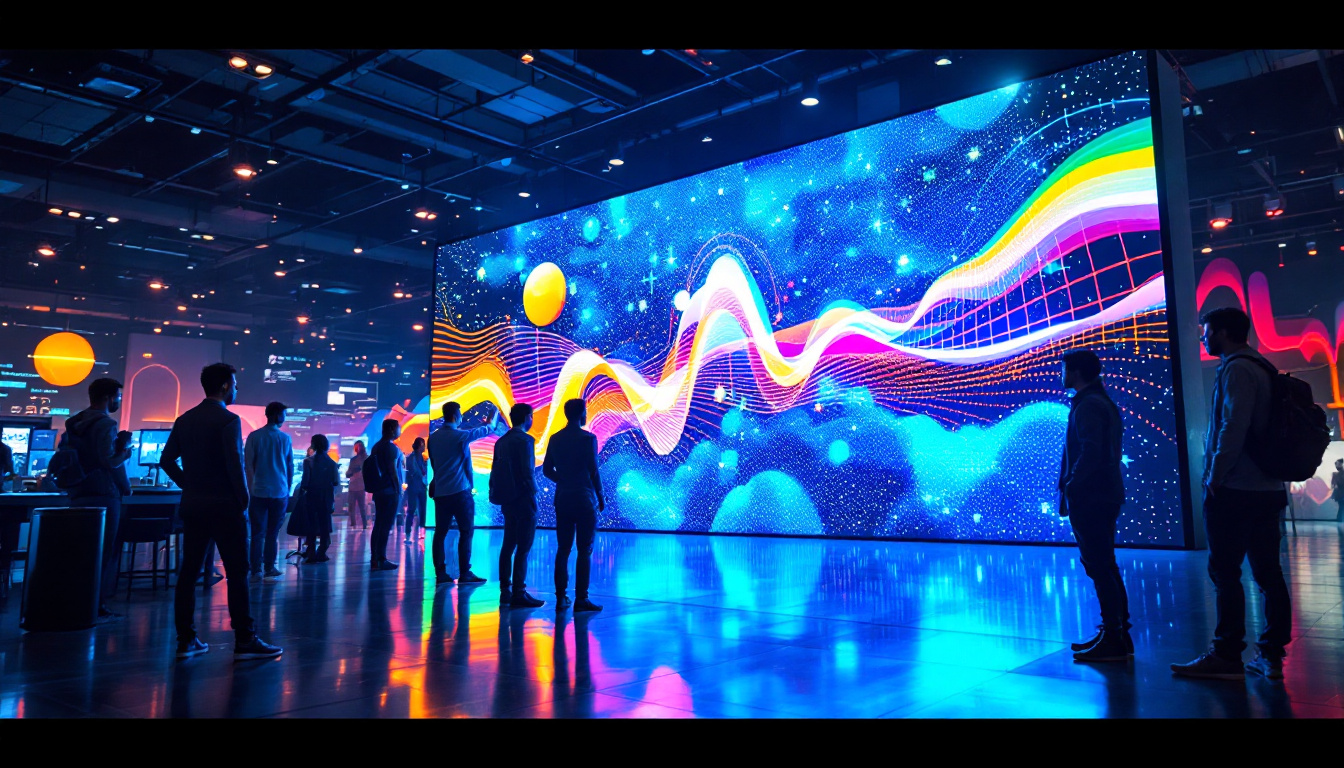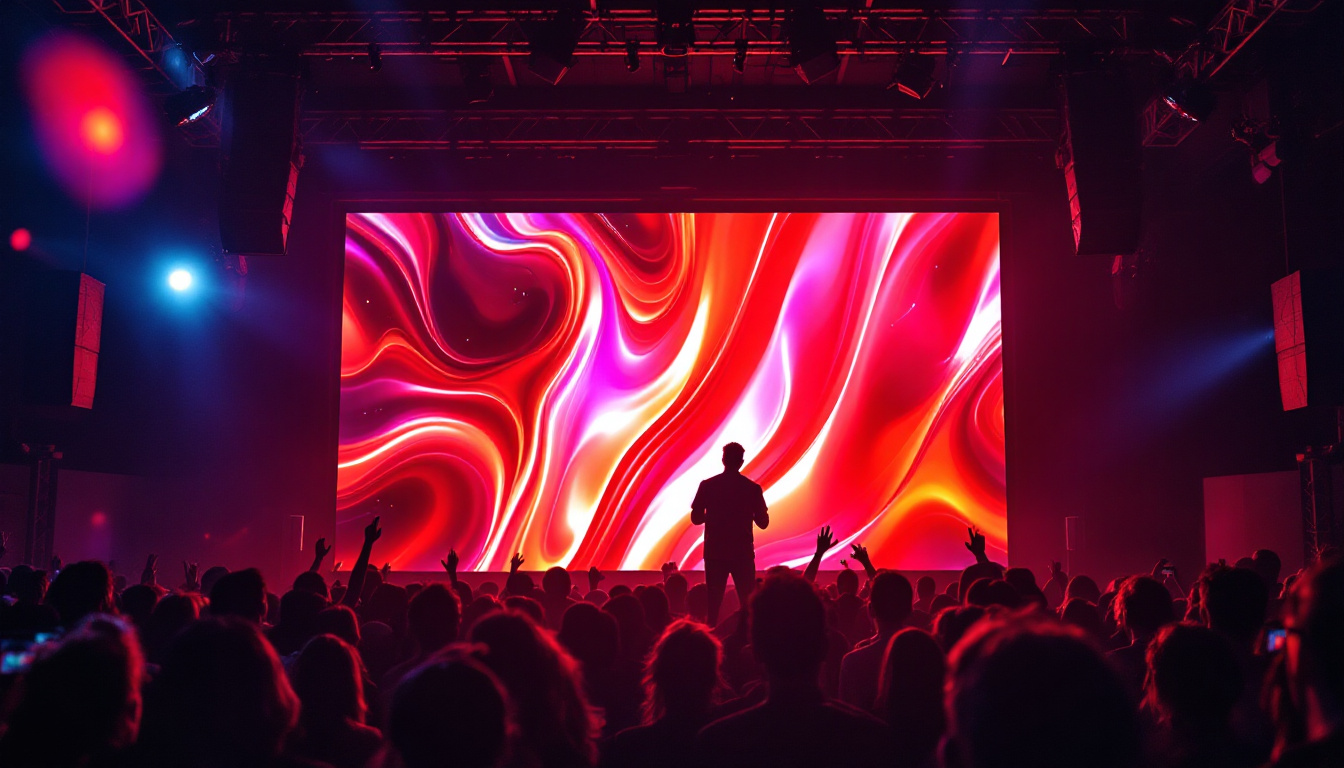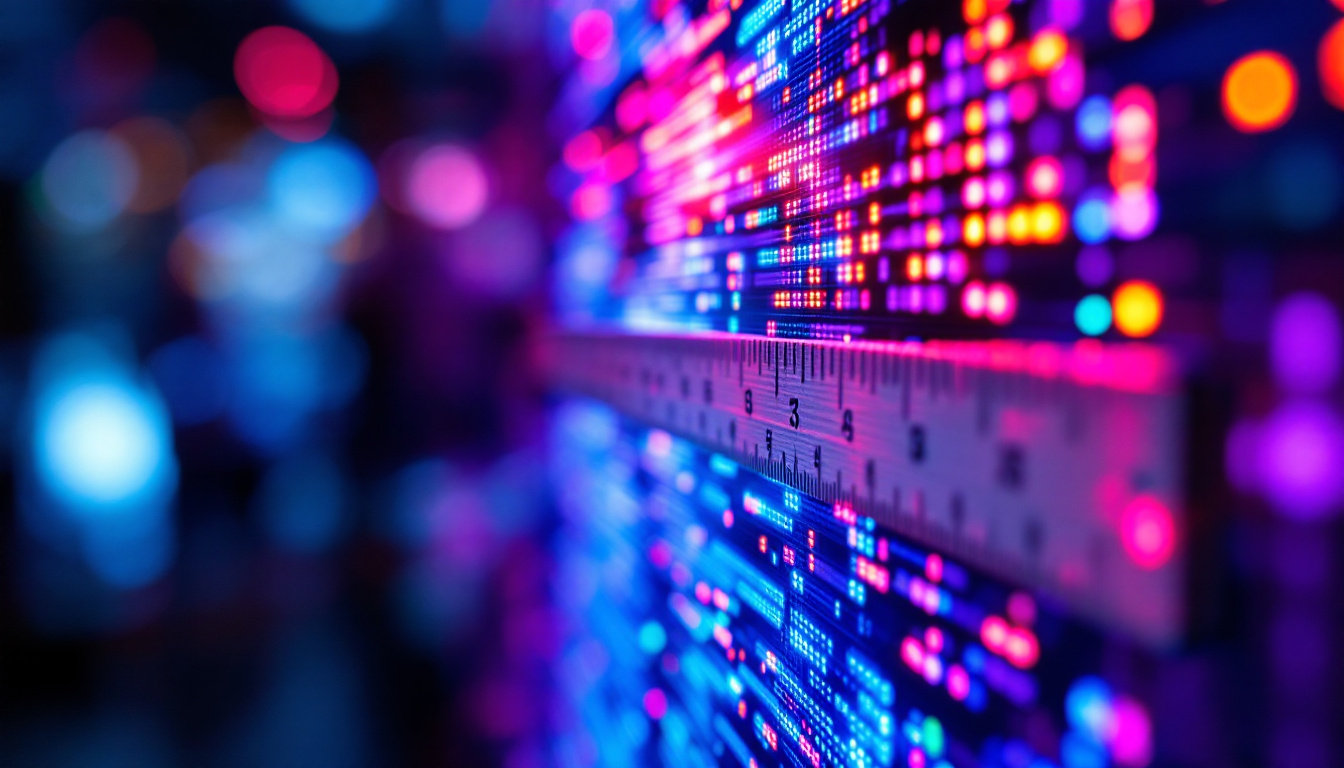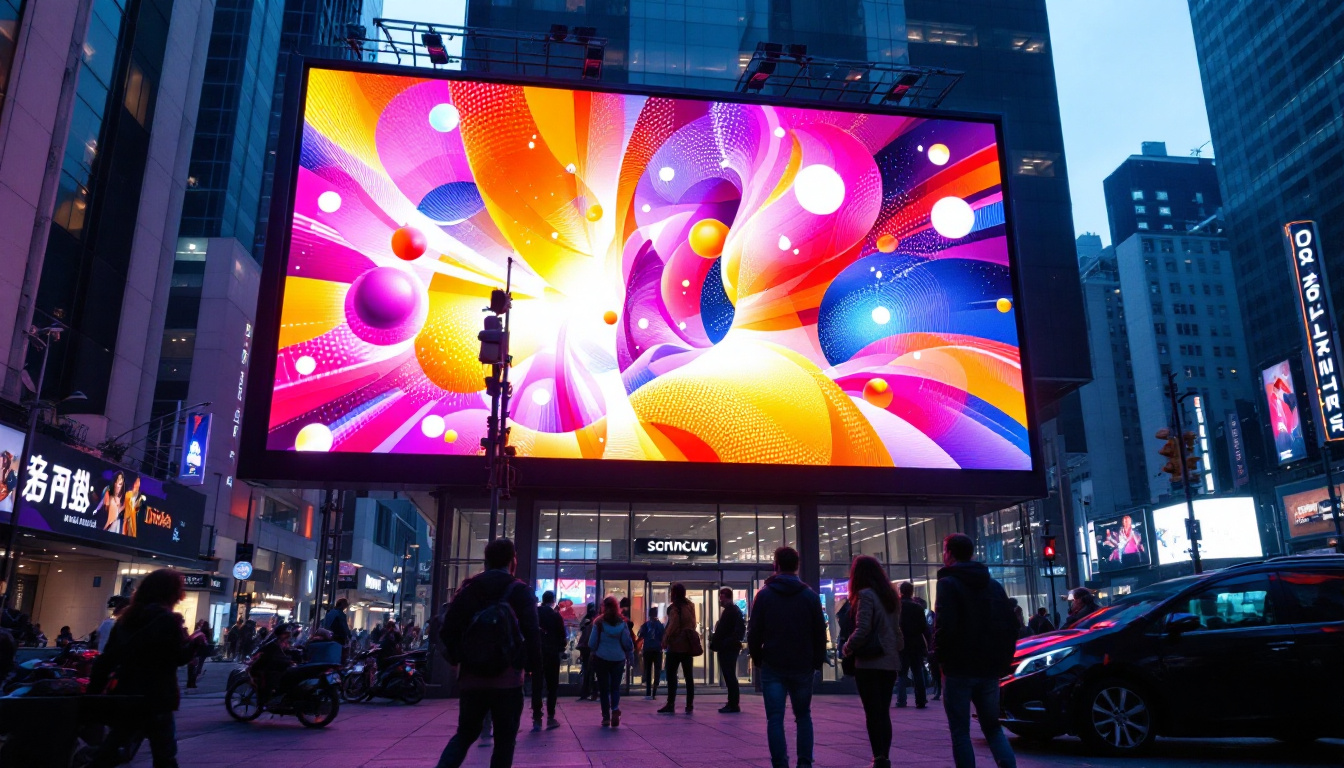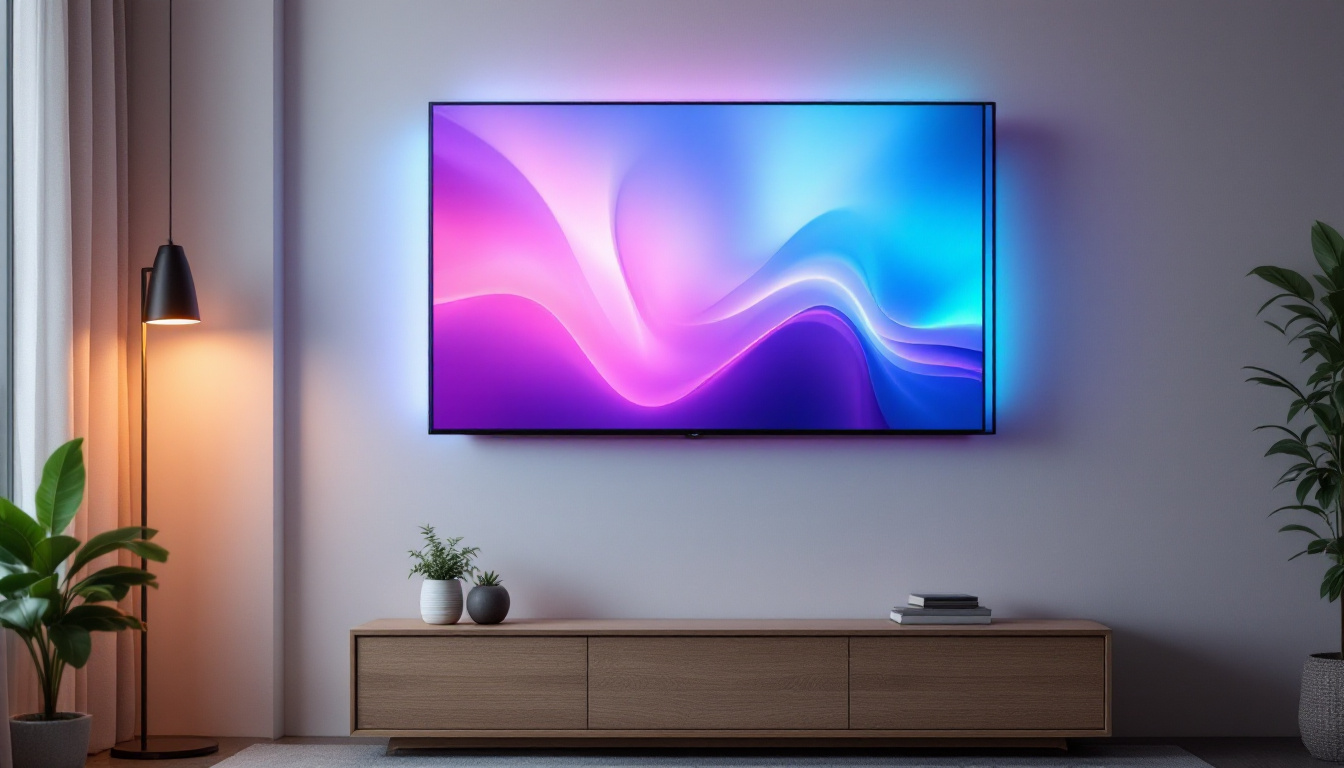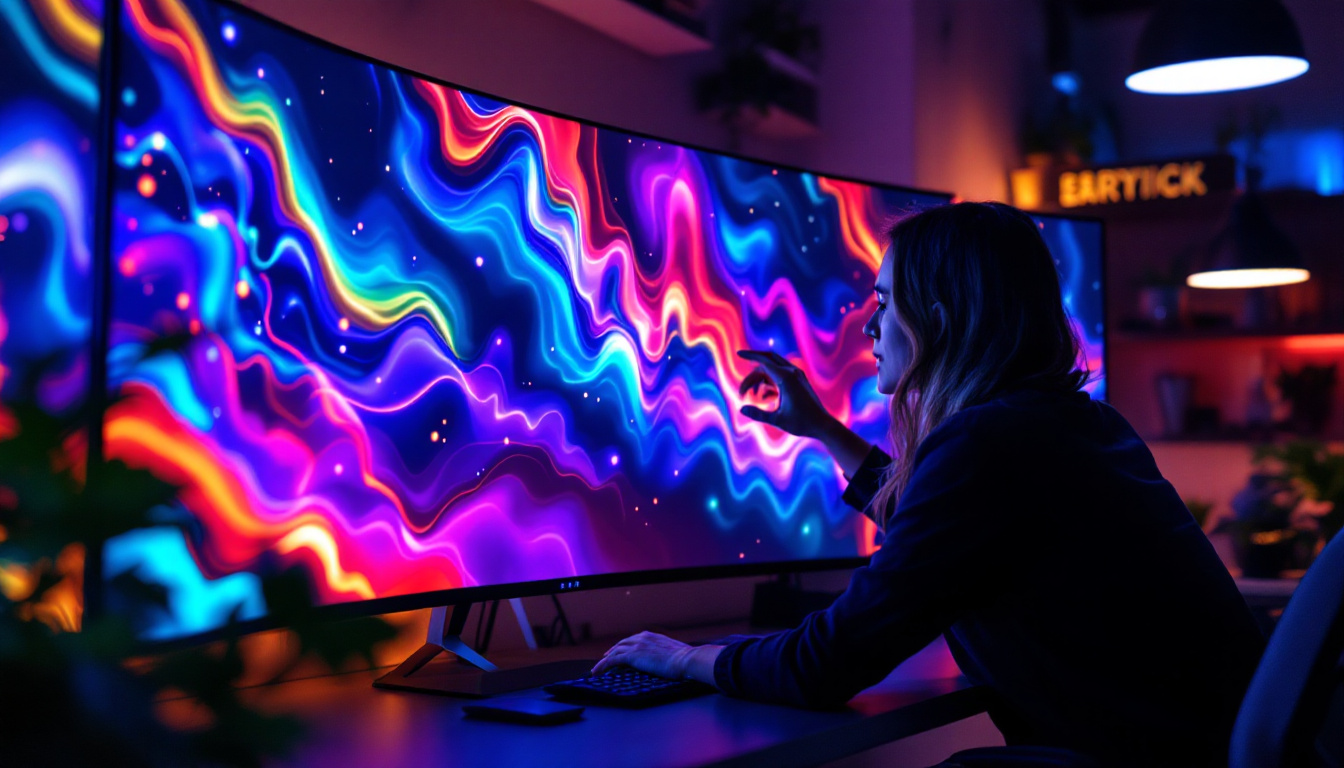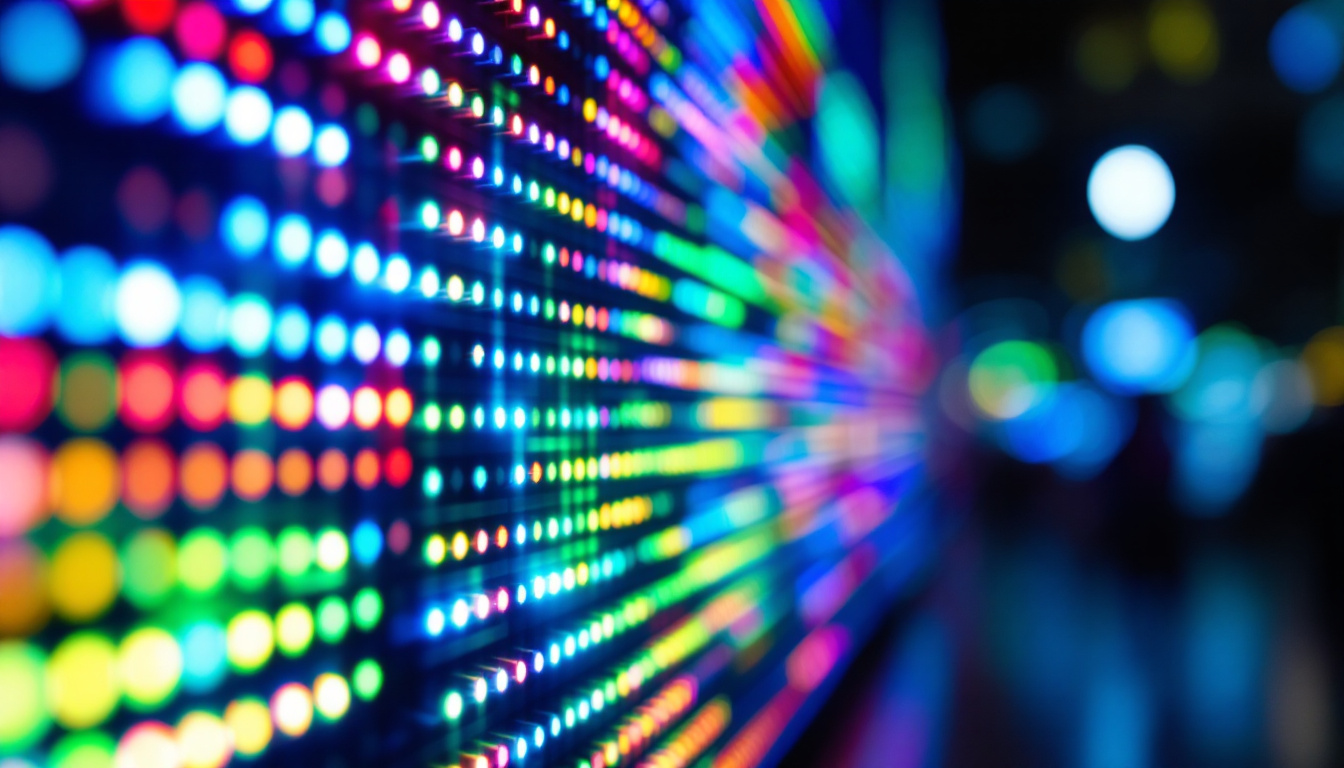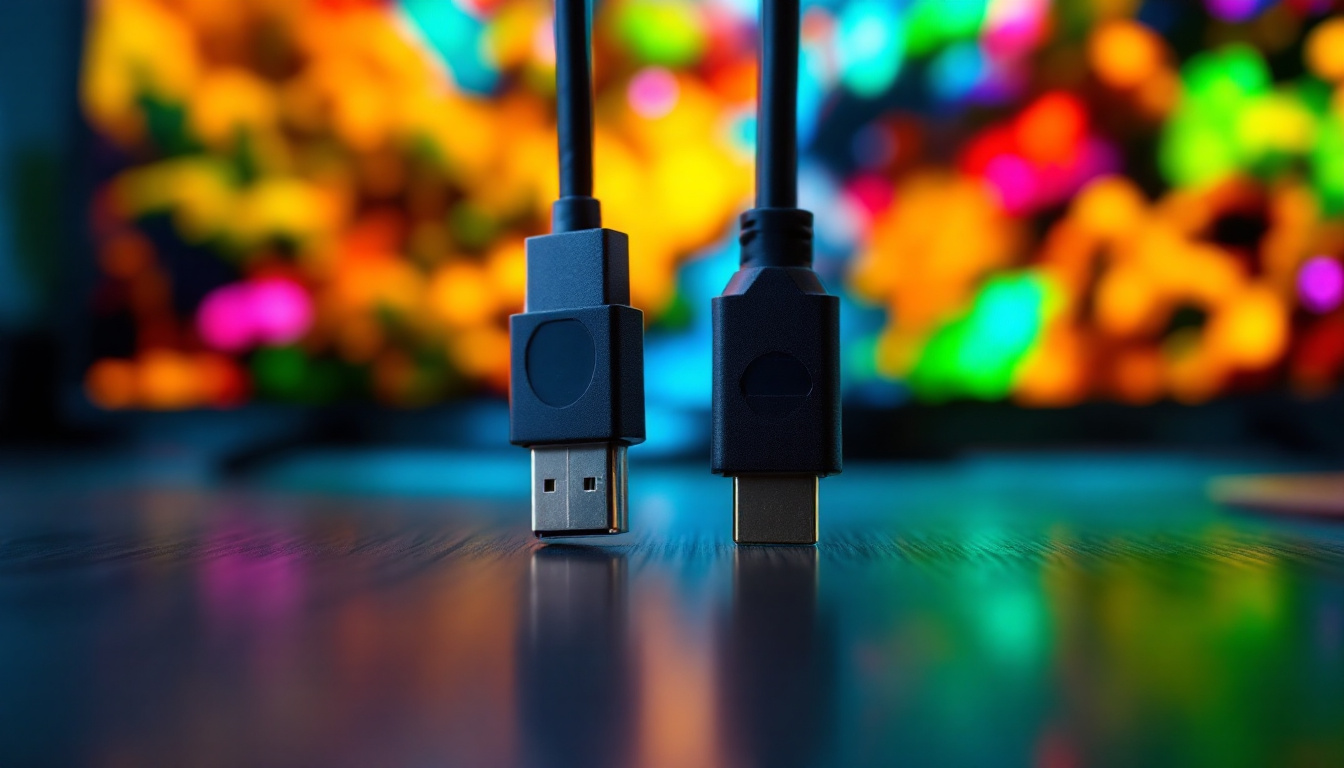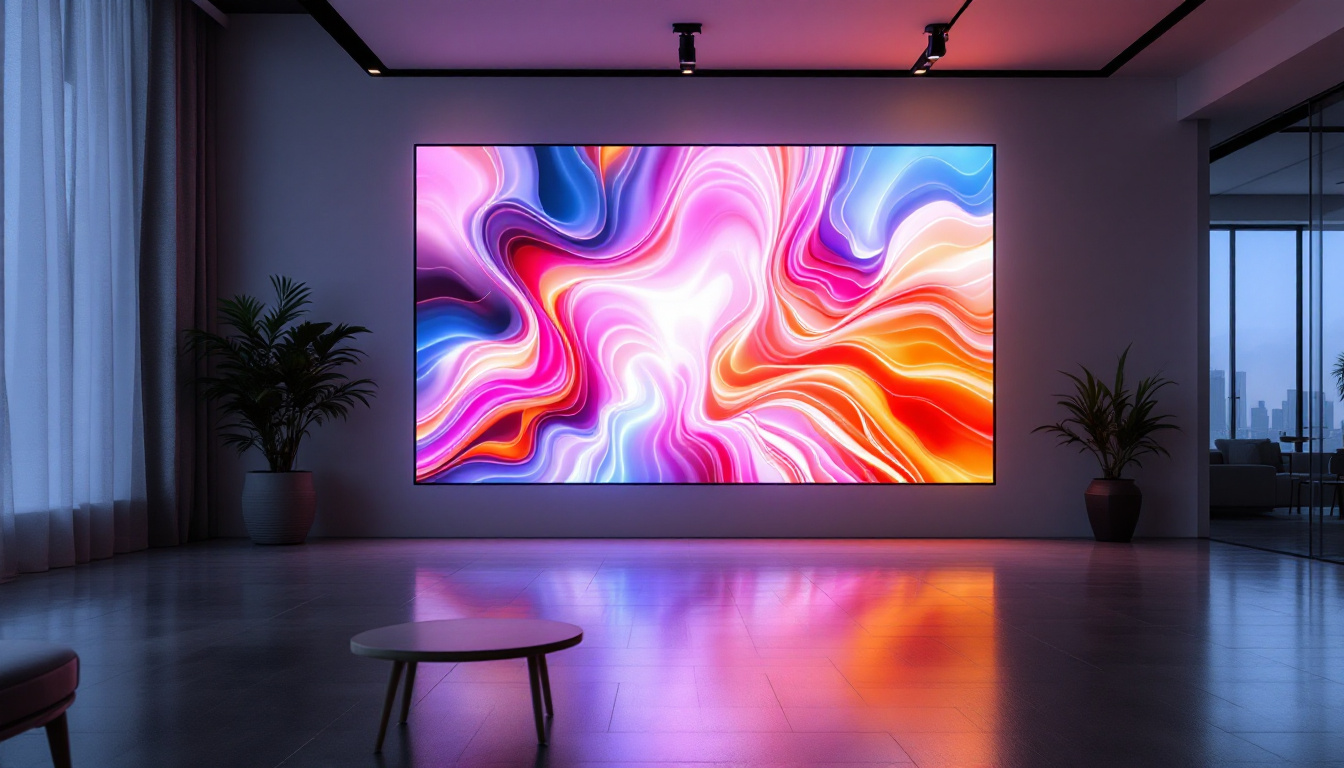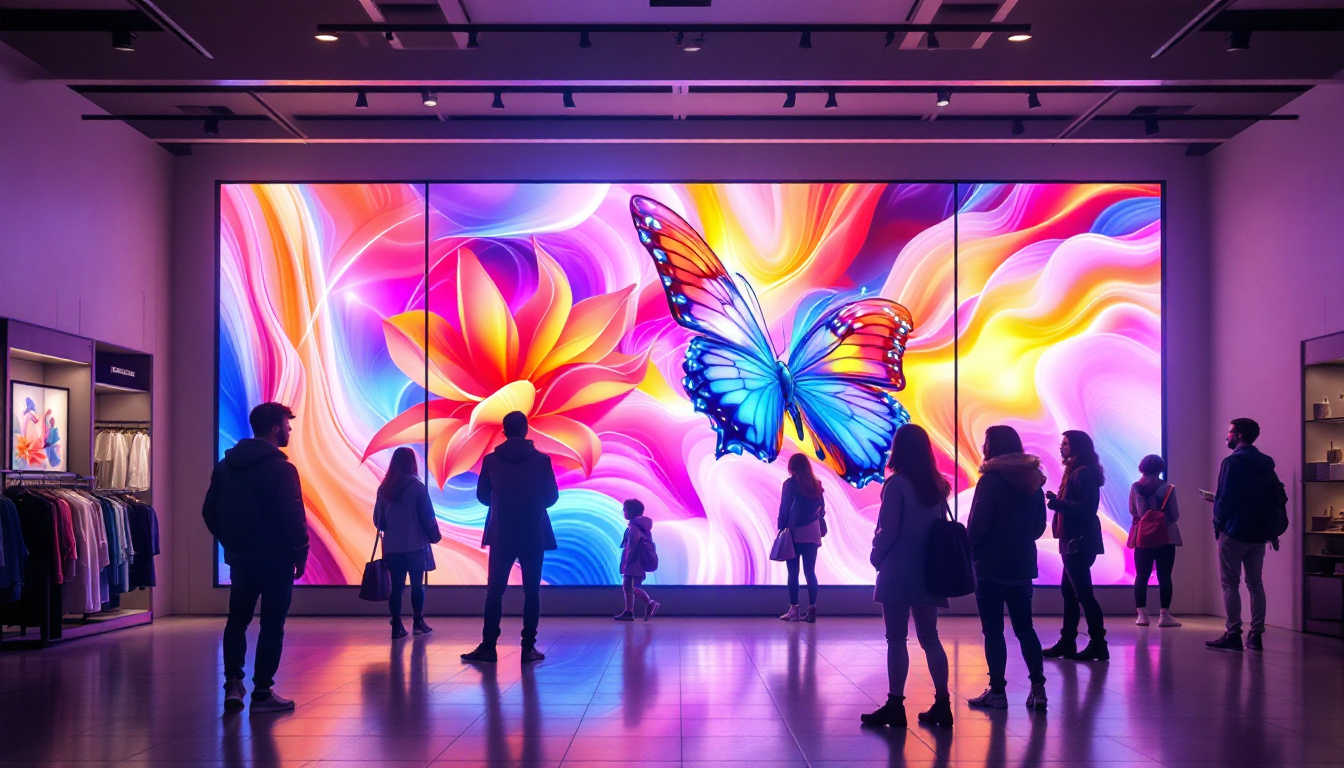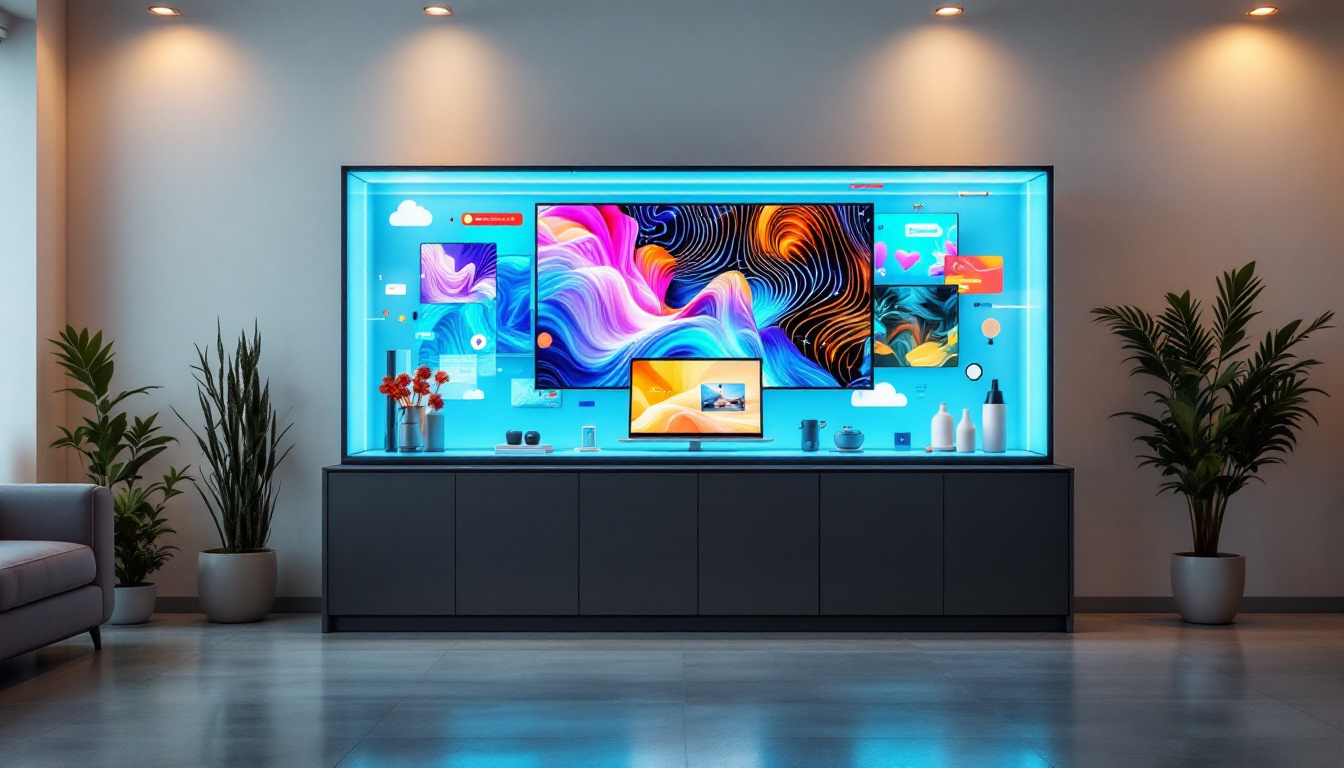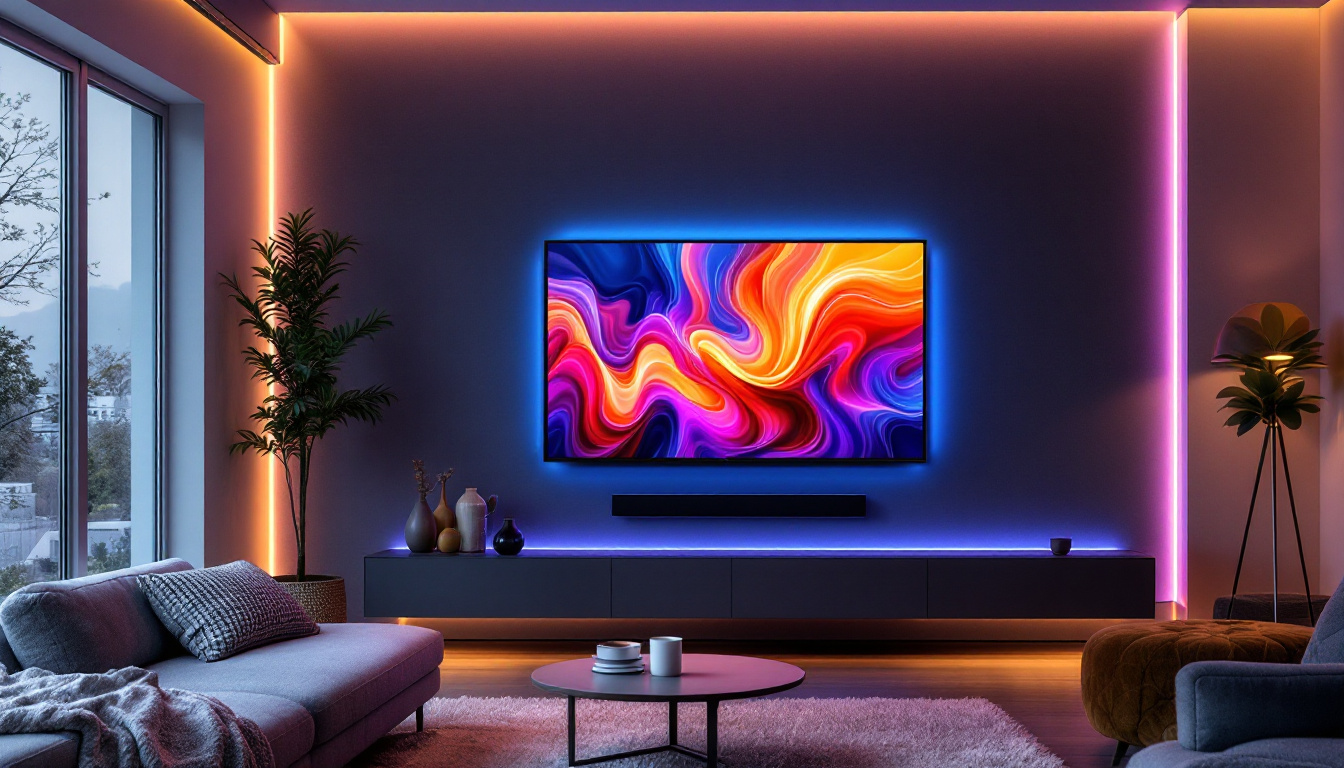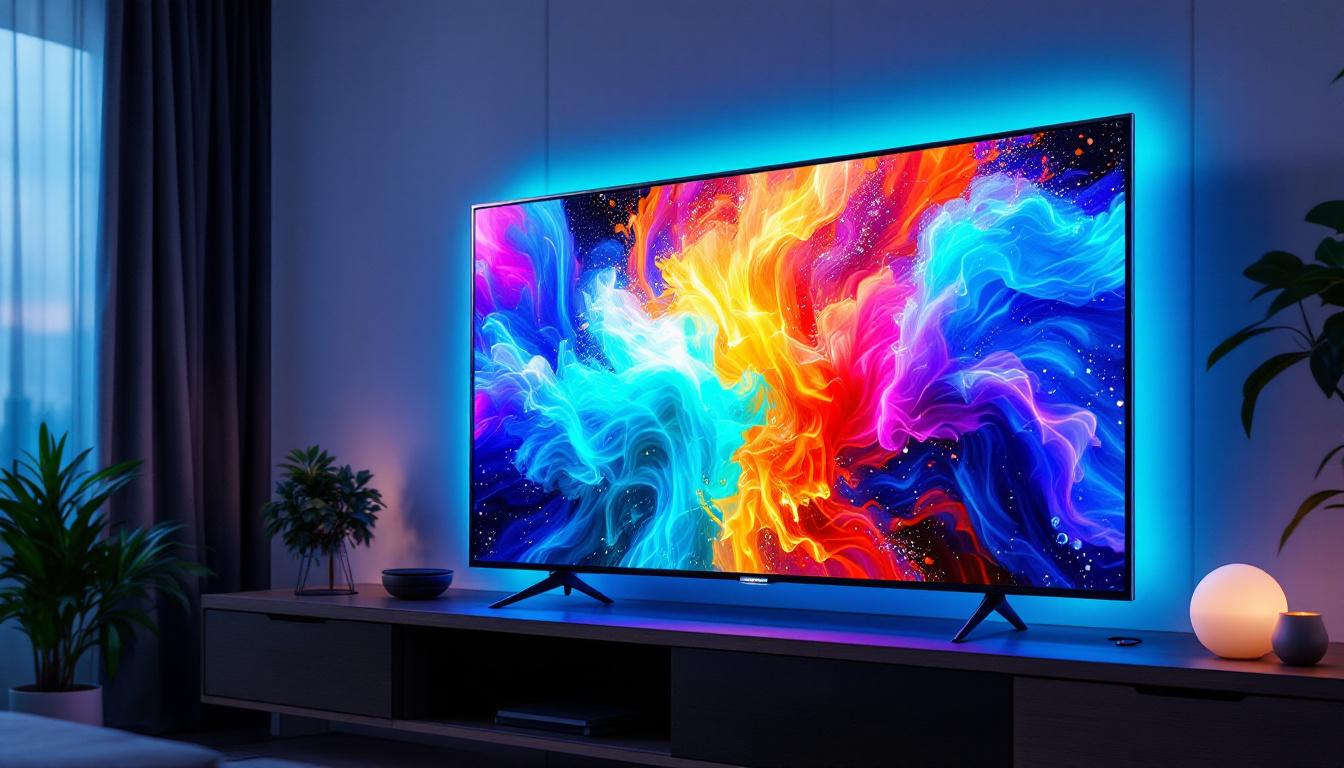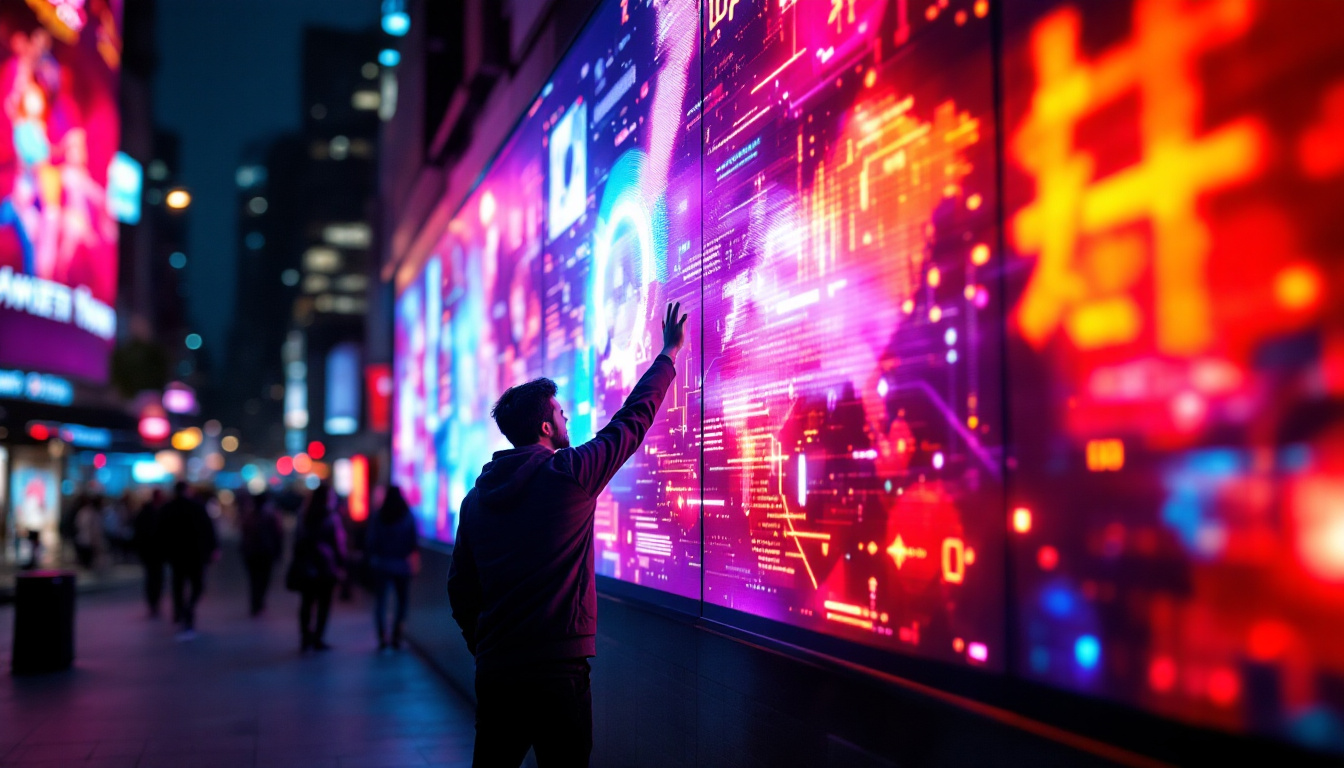In the ever-evolving world of advertising and communication, optical signage has emerged as a powerful tool for businesses and organizations. Among various forms of optical signage, LED displays stand out due to their versatility, vibrancy, and effectiveness. This article delves into the intricacies of LED displays, exploring their technology, applications, advantages, and future trends.
Understanding LED Technology
Light Emitting Diodes (LEDs) are semiconductor devices that emit light when an electric current passes through them. This technology has revolutionized the way visual information is presented, offering a dynamic alternative to traditional signage methods. The shift towards LED technology has not only impacted advertising and entertainment industries but has also paved the way for advancements in various fields such as automotive lighting, architectural illumination, and even horticulture, where specific wavelengths of light are used to optimize plant growth.
The Basics of LED Functionality
LEDs consist of a chip made from a combination of materials that emit light when energized. The color of the light emitted depends on the materials used in the semiconductor. By combining different colored LEDs, displays can produce a wide spectrum of colors, allowing for vibrant and eye-catching visuals. This versatility is further enhanced by the ability to control the brightness and color temperature, enabling designers to create immersive experiences tailored to specific environments or moods. For instance, warm white LEDs can create a cozy atmosphere in a restaurant, while cool white LEDs can enhance visibility in a workspace.
One of the key advantages of LED technology is its energy efficiency. Compared to traditional incandescent bulbs, LEDs consume significantly less power, making them a cost-effective option for long-term use. Additionally, LEDs have a longer lifespan, often lasting tens of thousands of hours, which reduces the need for frequent replacements. This longevity not only translates to lower maintenance costs but also contributes to a reduced environmental footprint, as fewer bulbs end up in landfills. Furthermore, the low heat output of LEDs minimizes the risk of overheating, making them safer for various applications, including decorative lighting in homes and public spaces.
Types of LED Displays
LED displays come in various forms, each designed for specific applications. The most common types include:
- Indoor LED Displays: These are typically used in shopping malls, airports, and conference centers. They offer high resolution and brightness, making them suitable for close viewing. The clarity and detail provided by indoor displays allow for engaging presentations and advertisements that capture the attention of passersby.
- Outdoor LED Displays: Built to withstand weather conditions, outdoor displays are often used for billboards and stadiums. They are designed to be visible from a distance and in bright sunlight. The durability of these displays is enhanced by protective coatings that guard against UV rays and moisture, ensuring they remain vibrant and functional over time.
- Transparent LED Displays: These innovative displays allow for visibility through the screen while still providing vibrant visuals. They are often used in retail environments to showcase products without obstructing views. The ability to blend digital content with physical merchandise creates a unique shopping experience, drawing customers’ attention while maintaining the aesthetic appeal of the store layout.
Applications of LED Displays
LED displays have found their way into a myriad of applications across different sectors. Their adaptability and effectiveness make them a preferred choice for many businesses and organizations.
Advertising and Marketing
One of the most prominent uses of LED displays is in advertising. Businesses leverage the dynamic nature of these displays to capture attention and convey messages effectively. From digital billboards to storefront displays, LED technology allows for eye-catching animations and real-time updates, ensuring that the content remains fresh and engaging.
Moreover, the ability to change advertisements on the fly means that businesses can tailor their messages based on time, audience, or current events. This flexibility enhances the impact of marketing campaigns, driving higher engagement rates. For instance, a restaurant can promote its lunch specials during midday and switch to dinner promotions in the evening, maximizing the relevance of its messaging throughout the day. Additionally, the integration of social media feeds into LED displays allows businesses to showcase user-generated content, further enhancing customer interaction and fostering a sense of community.
Information Dissemination
LED displays are also widely used for information dissemination in public spaces. Airports, train stations, and bus terminals utilize LED screens to provide real-time updates on schedules, delays, and important announcements. The clarity and brightness of LED displays ensure that information is easily visible, even in crowded or poorly lit environments.
In educational institutions, LED displays serve as effective tools for communication. They can be used to display schedules, events, and important notices, enhancing the flow of information within the campus. Beyond just announcements, these displays can also showcase student achievements, upcoming workshops, or even live feeds from events happening around the school, fostering a vibrant school spirit. Furthermore, the interactive capabilities of some LED displays allow for touch-screen functionalities, enabling students and faculty to access information quickly and efficiently, thereby streamlining communication processes within the institution.
Entertainment and Events
In the entertainment industry, LED displays play a crucial role in enhancing the viewer experience. Concerts, sports events, and festivals often feature large LED screens that provide visuals, live feeds, and interactive content. These displays not only augment the performance but also engage the audience, creating a more immersive experience.
Furthermore, LED technology is increasingly being integrated into stage designs, allowing for creative lighting effects and dynamic backdrops that can transform the atmosphere of any event. The versatility of LED displays means they can be configured in various shapes and sizes, from massive outdoor screens at music festivals to intricate designs that flow seamlessly with the performance on stage. This adaptability allows event organizers to create unique visual narratives that complement the artistic elements of the show. Additionally, the use of LED displays for live streaming events has gained popularity, enabling audiences who cannot attend in person to experience the excitement from anywhere in the world, thus expanding the reach and impact of live performances.
Advantages of LED Displays
The popularity of LED displays can be attributed to numerous advantages they offer over traditional signage methods. Understanding these benefits can help businesses make informed decisions when considering optical signage options.
Energy Efficiency
As mentioned earlier, LED displays are highly energy-efficient. Their low power consumption not only reduces electricity costs but also minimizes the carbon footprint, making them an environmentally friendly choice. This efficiency is particularly beneficial for businesses that operate large displays or require them to run for extended hours.
High Visibility and Brightness
LED displays are known for their exceptional brightness, making them visible even in direct sunlight. This is a significant advantage for outdoor advertising, where visibility can be a challenge. The high contrast ratios and vibrant colors of LED displays ensure that messages stand out, capturing the attention of passersby.
Durability and Maintenance
LED displays are built to last. Their robust construction allows them to withstand harsh weather conditions, making them ideal for outdoor use. Additionally, the low maintenance requirements of LED technology mean that businesses can save on repair and replacement costs over time.
Challenges and Considerations
While LED displays offer numerous advantages, there are also challenges and considerations that businesses should keep in mind when investing in this technology.
Initial Investment Costs
One of the primary challenges associated with LED displays is the initial investment cost. Although prices have decreased over the years, high-quality LED displays can still represent a significant upfront expense. Businesses must weigh this cost against the long-term benefits and savings associated with energy efficiency and durability.
Content Management
Effective content management is crucial for maximizing the impact of LED displays. Businesses need to invest in content creation and management systems to ensure that their displays are used to their full potential. Regularly updating content and maintaining a consistent brand message is essential for engaging audiences.
The Future of LED Displays
The future of LED displays appears promising, with ongoing advancements in technology and design. As the demand for dynamic and engaging visual communication continues to grow, several trends are shaping the future of LED signage.
Integration with Smart Technology
As smart technology becomes increasingly prevalent, LED displays are expected to integrate with various smart systems. This integration will allow for more personalized and targeted advertising, as businesses can leverage data analytics to tailor content based on audience behavior and preferences.
Moreover, the rise of the Internet of Things (IoT) will enable LED displays to communicate with other devices, creating a more interconnected and responsive advertising ecosystem.
Advancements in Display Technology
Technological advancements are continuously enhancing the capabilities of LED displays. Innovations such as microLED technology promise even higher resolutions, improved color accuracy, and greater energy efficiency. These advancements will further expand the applications of LED displays across various sectors.
Environmental Considerations
As sustainability becomes a priority for businesses and consumers alike, the demand for eco-friendly signage solutions is on the rise. The LED industry is responding by developing more sustainable manufacturing processes and materials. Future LED displays are likely to incorporate recyclable components and energy-efficient technologies, aligning with global sustainability goals.
Conclusion
In conclusion, optical signage, particularly through LED displays, has transformed the way businesses communicate with their audiences. The combination of energy efficiency, high visibility, and versatility makes LED displays an invaluable asset in advertising, information dissemination, and entertainment.
While challenges such as initial costs and content management exist, the benefits and future potential of LED displays far outweigh these considerations. As technology continues to evolve, the possibilities for LED signage are limitless, paving the way for more innovative and engaging visual communication solutions.
Embracing LED technology not only enhances brand visibility but also positions businesses at the forefront of modern advertising practices. The future of optical signage is bright, and LED displays are leading the way.
Discover LumenMatrix’s Innovative LED Solutions
Ready to elevate your visual communication and advertising strategies with cutting-edge LED technology? LumenMatrix is at the forefront of LED display innovation, offering a diverse range of solutions tailored to meet your needs. From Indoor and Outdoor LED Wall Displays to specialized options like Vehicle, Sports, and Floor LED Displays, our products are designed to captivate your audience and amplify your message. Experience the transformative power of our Custom, All-in-One, and Transparent LED Displays. Check out LumenMatrix LED Display Solutions today and join the revolution in optical signage.

